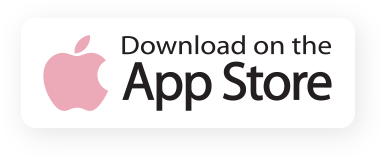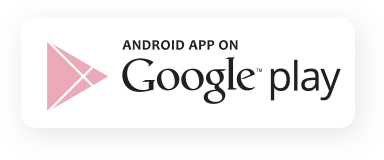LinkedIn Scraping
From job postings to company wall information, LinkedIn, the world’s largest professional network, is a treasure trove of valuable information. Using web scraping for LinkedIn can unlock a wealth of data-driven insights for your business or personal growth. In this article, we’ll explore the world of LinkedIn web scraping and how to utilize this technology to gain a competitive edge.
LinkedIn Scraping
Web scraping is the process of extracting data from websites, and in the case of LinkedIn, it involves retrieving information from profiles, company pages, and job postings. LinkedIn’s publicly accessible information can include names, job titles, companies, locations, skills, and more. This data can be valuable for market research, talent acquisition, lead generation, and competitor analysis.
LinkedIn Scraping Use Cases
LinkedIn Web Scraping by Web Data Extraction Services is a robust choice for extracting data from LinkedIn. It offers features that make the scraping process more efficient, such as data export options and automatic updates to ensure you always have the latest information. Here are some of the instances in which this tool can be particularly useful:
- Market Research: Understanding your target audience is crucial in any business. With LinkedIn web scraping, you can collect data on industry trends, job titles, and companies to gain insights into your market. This information can be used to refine your product or service offerings.
Moreover, web scraping allows you to gather information about your competitors, such as the size of their workforce, key employees, and the locations where they are most active. This data can help you identify gaps in the market or areas where you can outperform your competition.
- Competitor Analysis: Monitoring your competitors is a strategic move. LinkedIn scraping can help you gather data on your competitors’ employees and business strategies, allowing you to make informed decisions.
The tool also allows you to keep a watchful eye on your competitors’ job postings. This can reveal valuable insights about their expansion plans, new projects, and areas where they are actively recruiting. Such data can help you adapt your strategies accordingly.
- Lead Generation: One of the most common uses of LinkedIn web scraping is for lead generation. You can scrape data to find potential clients, partners, or candidates by filtering profiles based on specific criteria like location, industry, or job title.
Sales and marketing teams can use scraped LinkedIn data to identify potential customers and decision-makers within companies. This approach ensures that marketing efforts are focused on the most promising leads.
- Talent Acquisition: Recruiters can benefit immensely from LinkedIn web scraping by automating the process of sourcing potential candidates. You can filter through thousands of profiles to find the right fit for your organization.
Instead of manually searching for candidates, web scraping can automate the process of sourcing potential hires based on your specific requirements, including qualifications, location, and experience.
- Content Curation: Staying updated on industry news and trends is essential. With web scraping, you can extract articles, posts, and comments related to your field of interest and use them for content curation. In addition to following the latest trends, you can browse content creators with influence and reach out to them with collaboration ideas.
If you’re interested in leveraging the power of LinkedIn web scraping for your business, feel free to reach out to us. We can assist you in setting up a customized web scraping solution tailored to your specific needs.


